How do you change the tuning of a PID controller to deal with changing thermal properties?
The project: I am making yogurt. It cultures at 110 deg F for about half a day; you put in milk and a little starter culture and get yogurt. Save a little for a starter for the next batch and eat the rest. Easy and delicious.
The setup: I am taking a food safe container (pan with lid) placing it over a heater, adding a type k thermocouple, SSR and PID controller all wired pretty much per the reference implementation of any PID controller you care to name. This works well if I am using a crockpot (225W, approximately 3/4 gal) as both my pan and heating element, but I want to do larger batches (1 gal).
The problem: With a larger heater to thermal mass ratio (1000W hot plate and stainless steel pan instead of ceramic). There is increased instability during the later part of the cycle. The PID controller is tuned with water (milk is a little more expensive) and holds temperature within 2 deg F for the first couple hours, but as the yogurt cultures I am noticing pronounced temperature swings, and unlike using the crockpot I am seeing whey separation (presumably either due to over temp or increased condensation on the lid due to the same). I am fairly sure that the larger thermal mass was dampening the noise of the change of the thermal conductivity during the culture, but I am unsure how to proceed to more precisely control the temperature during the later stages without excessively compromising temperature regulation at the beginning.
